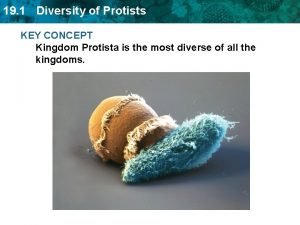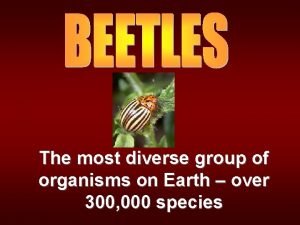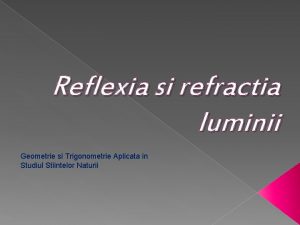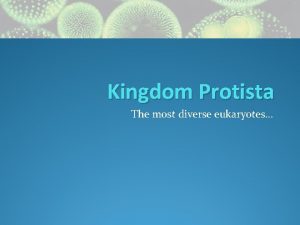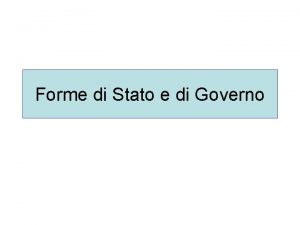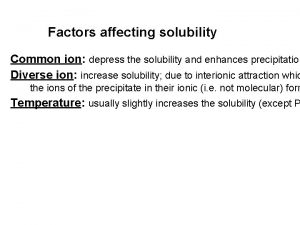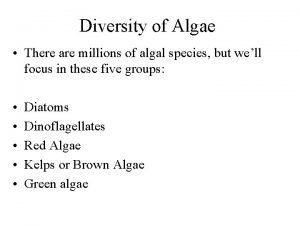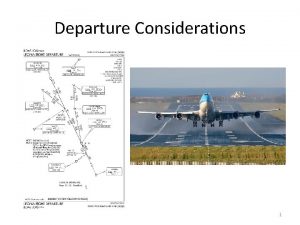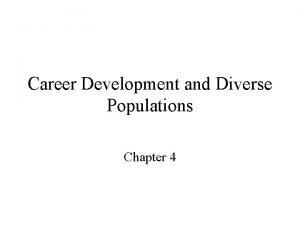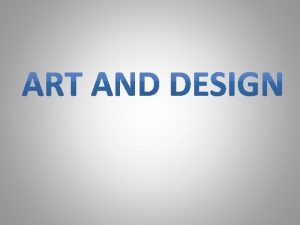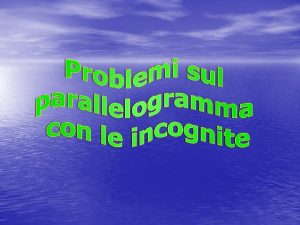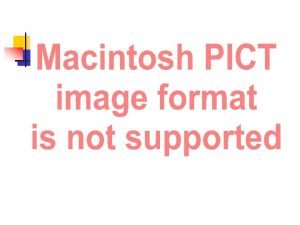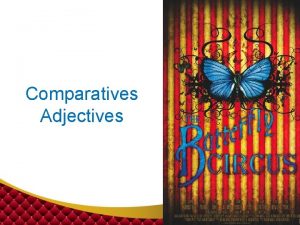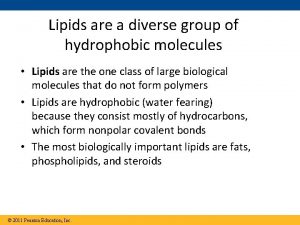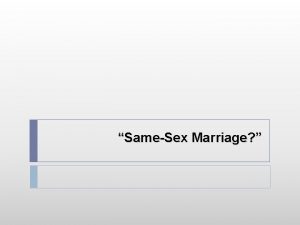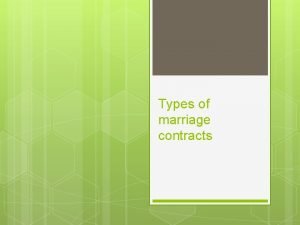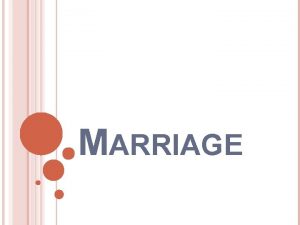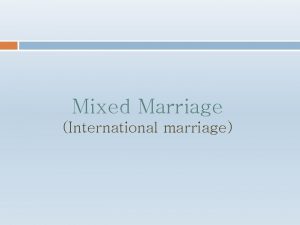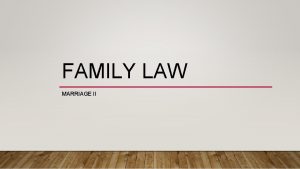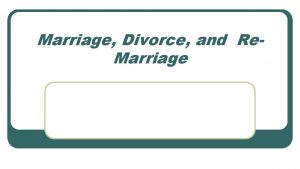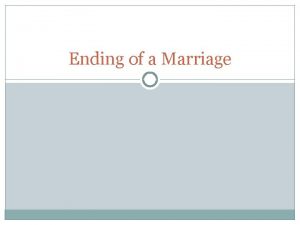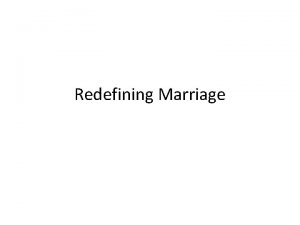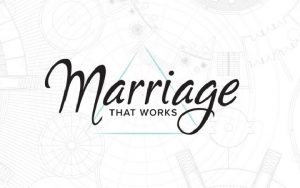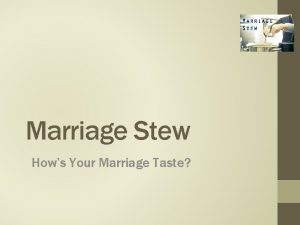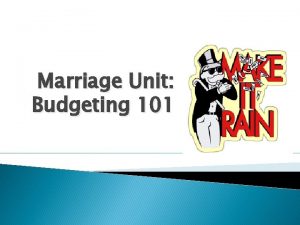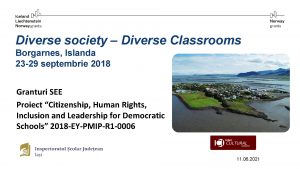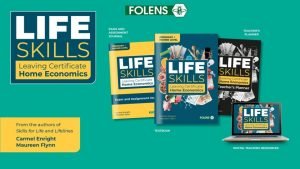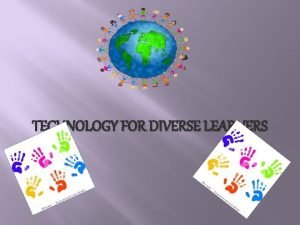Marriage in a Diverse Society Unit 3 Lesson




















- Slides: 20

Marriage in a Diverse Society Unit 3

Lesson “Think” Questions • To what extent has “marriage” changed over time? Socio-culturally? Economically? • How does contemporary Canadian society view the purpose and economics of marriage? Is it effective?

What is marriage? • Textbook Definition: ▫ A socially legitimate sexual union, begun with a public announcement and with some idea of permanence, and assumed with a more or less explicit contract (Schlesinger & Gibbon, 1984) • Contract implies socio-cultural und. about the rights and resp. on the indiv. in the relationships ▫ Sociologists refer to marriages as conjugal unions • Differences between intimate relationships, marriage, cohabitation, same-sex relationships • What does “socially legitimate” imply?

What is the purpose of marriage? • Structural functionalists suggest that institutions exist to meet the basic needs in all societies • Practical view – allows indiv. to share resources to improve standard of living • Biological view – allows indiv. to procreate and raise children successfully • Socio-cultural view – allows indiv. to commit unfailing love and support to the person they love • What does marriage mean to people? ▫ It is the “natural” thing to do? ▫ Does it confer adult status?

Biological View Helen Fisher explains that the durability of the pairbond is essential to the survival of humans • 1 - People form pair-bonds to ensure their continued existence by reproduction • 2 - Both men and women have a biological urge to reproduce • 3 - Desire to form an enduring pair bond is a basic biological drive

Why is this view problematic?

Various Models of Marriage • Historical classical model ▫ Complementary biological and social roles of men and women ▫ Marriage as the ideal situation for raising children • Choice model ▫ Marriage as a private agreement between individuals ▫ Emphasis on self-expression of sexuality • Commitment model ▫ Marriage as committed, intimate relationship based on emotional support ▫ Founded on individual choice

The Purpose of Marriage Other Types of Intimate Relationships Conjugal unions: relationships in which individuals live together in a sexual relationship Common Law Marriages: in which individuals live together as partners without legally marrying Also known as cohabitation

The History of Marriage • Monogamy: having ONE marital partner -Most common marriage practice in Canadian society today • Polygyny (polygamy): the practice of a man having more than one wife -Most common and preferred form of marriage historically -84% of cultures accepted and allowed it • Polyandry: several men that support one wife and her children -Common in poor, overpopulated, rural areas (EX: Nepal)

VIDEO Sister Wives: Ellen http: //www. youtube. com/watch? v=Vp. Du 8 Kaw. Yq. M What are the pros and cons for each type of marriage?

History of Marriage in Ancient Times: • Ancient Hebrew Marriage • 4000 years ago, were arranged marriages, for the purpose of producing sons • Betrothal: a promise to marry given by parents Bride Price: Groom’s family paid the bride’s family to symbolize the bride’s value as a potential mother Dowry: Bride’s family would provide in the form of money, land, and household items to establish a home for her new family Marriage Contract: recorded mutual obligations of a husband wife

History of Marriage in Ancient Rome • Patrilineal, Patriarchal, Patrilocal • Strictly Monogamous • Became a disorganized and more equal society over time

History of Marriage Early Middle Ages • Informal, loosely organized, casually enforced • Common-law marriage widespread and just as legal as church marriages • Marriage Banns: a public announcement three weeks prior to the marriage ceremony that a couple are to be married, and the priest question of whether anyone has any reason to object to the marriage

Marriage in Canada Aboriginal Marriages • Matrilineal • Marriage a la facon du pays: temporary marriage arrangements

History of Marriage 19 th-Century Canada Free-choice marriage Average • 1821 -1830: 26 (men), 23 (women) • 1871: 29 (men), 26 (women) • Couples would meet at social events • Divorce was rare • Divorce was illegal until 1930 in Ontario and until 1968 in Québec unless proof of adultery was shown

History of Marriage 21 st Century Canada • Age of marriage increased • Increase of diversity • Acceptance of same-sex and interracial Marriages

The Economics of Marriage • Division of labour provides for the well-being of spouses and children • Gender roles in Marriage – Talcott Parsons ▫ Middle-class families in the 50 s and 60 s ▫ Men have a goal-oriented instrumental role of providing for their family ▫ Women have an emotionally expressive role of providing a supportive home for their husbands and nurturing their children

Economics of Marriage (2) • Exchange-theory Perspective ▫ There must be benefits that outweigh the alternatives to marriage (cohabitation/single) ▫ Economic benefits are also achieved by the sharing of resources and labour • Changes in the economics of marriage ▫ ▫ Educated working women Dual-income families The rise of the egalitarian relationship Effects on Canadian law – communal ownership

Things to think about… • Relationship between marriage and love • Relationship between marriage and identity

Marriage Simulation Activity • To be done in pairs • To be submitted by the end of class (Completion) • The partner you choose will be considered your “partner” in marriage • 3 Parts ▫ The wedding ▫ The financial picture ▫ The future
 Diversity among protoctista
Diversity among protoctista What cultural differences exist between nene and nnaemeka
What cultural differences exist between nene and nnaemeka Gertler econ
Gertler econ Right triangle trigonometry examples
Right triangle trigonometry examples Unit 10, unit 10 review tests, unit 10 general test
Unit 10, unit 10 review tests, unit 10 general test Most diverse group of organisms
Most diverse group of organisms Refractia luminii in natura
Refractia luminii in natura Categories of protists
Categories of protists Sharing of diverse information through universal web access
Sharing of diverse information through universal web access Parlamentarismo compromissorio
Parlamentarismo compromissorio Diverse ion effect
Diverse ion effect Algae diversity
Algae diversity Diverse societies in africa
Diverse societies in africa Diverse departure
Diverse departure Career development of diverse populations
Career development of diverse populations Art is diverse
Art is diverse Quante altezze ha il parallelogramma
Quante altezze ha il parallelogramma We live in a diverse world
We live in a diverse world Chapter 16 section 1 russia and the western republics
Chapter 16 section 1 russia and the western republics One syllable adjectives
One syllable adjectives It is diverse group of hydrophobic molecules
It is diverse group of hydrophobic molecules
